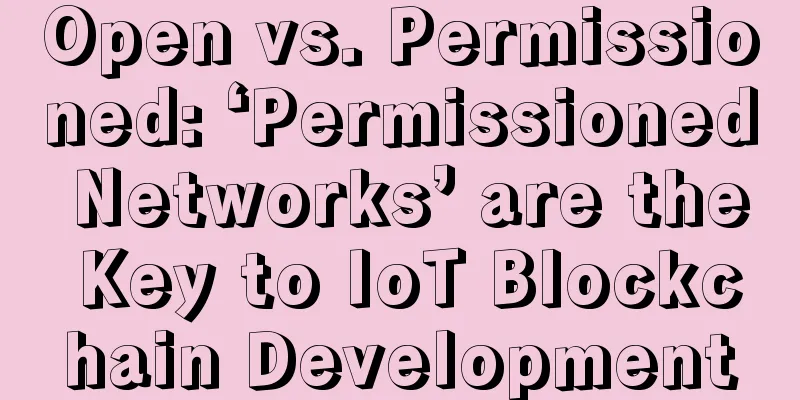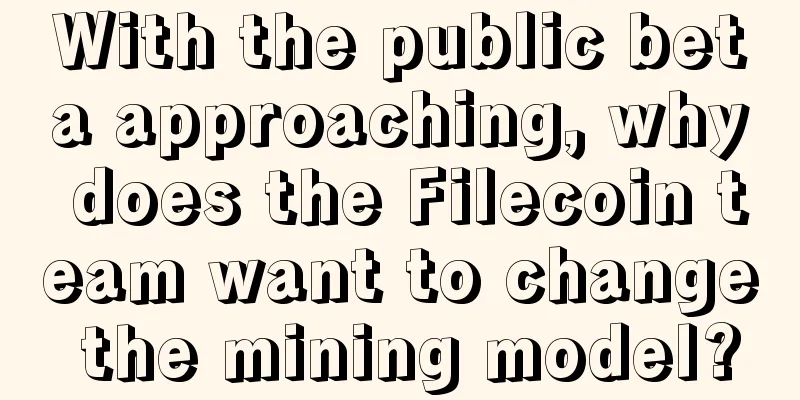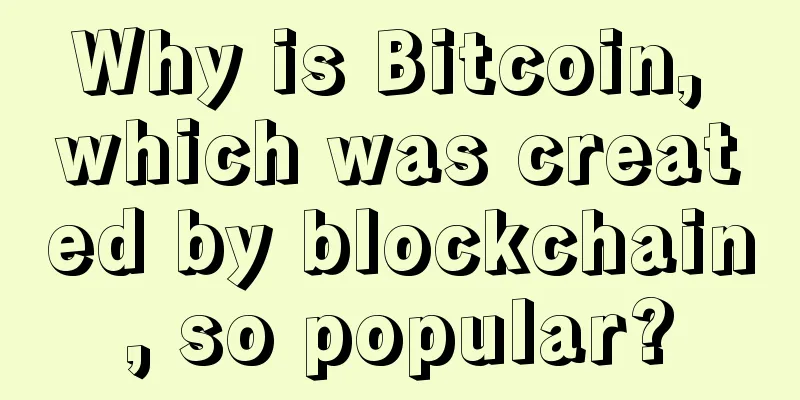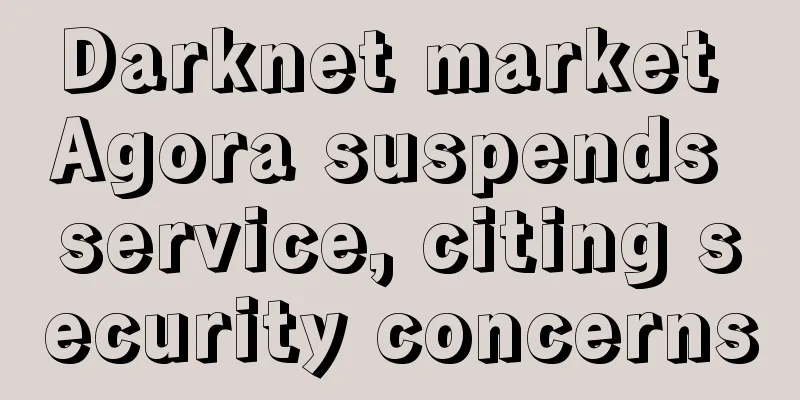Open vs. Permissioned: ‘Permissioned Networks’ are the Key to IoT Blockchain Development

|
Machines conducting transactions with other machines automatically—such as a car paying for gas by itself—may soon be a possibility. Openness is great, but it also means more latency. Most obviously, some viable blockchain instances – such as cryptocurrencies – are already being run as ‘open networks’, meaning transactions must be verified by ‘proof of work’ before they can be sent from party A to party B, says Mance Harmon, director of architecture at Ping Identity. Now, with the advent of ‘permissioned networks’, the possibility of blockchain becoming the basis for real-time machine data transfer and transactions – an IoT marketplace – could be realised. Citing Bitcoin as the best example, Harmon explained:
He also said:
On the other hand, Harmon explained,
He added that the main drawback of permissioned blockchains is their inability to scale. Permissioned Web: Progress is being madeHarmon explained the applicability of blockchain:
However, things are moving very fast, and Harmon cited the Hyperledger project, which is managed by the Linux Foundation, as an emerging permissioned blockchain solution. Harmon added that blockchain-enabled Internet of Things (IoT) projects — which use sensors or devices to record transactions — are “coming soon.” One example is Filament, which is directly creating industry-level blockchain IoT applications. He said:
Blockchain trading: Who runs the market?Harmon is bullish on blockchain’s prospects as an enabler of the Internet of Things, but warns that more work needs to be done to effectively establish ‘fair markets’ that cannot be influenced by ‘miners’ or other individuals monitoring the consensus system. This market-driven approach to real-time data exchange and blockchain transactions is new to many companies. Harmon said business models must change for IoT to realize its full potential, citing a conclusion advocated by IBM: "Objects will operate independently, using smart contracts for online marketplaces of services and information."
|
>>: Do you know the 4 most hated people in the history of Bitcoin and other cryptocurrencies?
Recommend
Facial features of people who are often suspicious
The most important thing when people get along wi...
Judging a woman's fortune from her eyebrows What does a woman's eyebrows look like
Women with crescent eyebrows have good fortune Cr...
How to tell whether a man's marriage is auspicious or not
We have always said how important marriage is to ...
S9 Hydro Water Cooling Miner User Guide
1. Material preparation 1. Hardware: Antminer S9 ...
What does a white-collar worker look like? Long eyebrows
When it comes to the workplace, some people have ...
Segregated Witness brings more than just capacity expansion, it also makes hardware wallets more secure
Bitcoin Core released its latest software version...
Following the DAO attacker’s trail
This post is a follow-up to my previous blog post...
Predicting fortune based on eyebrows
The appearance of eyebrows is the most important ...
What kind of face makes people cowardly
Character basically determines a person's des...
What kind of face does a woman look like?
With the development of society, people's min...
Judging from your nose whether you are destined to be good or bad
Physiognomy is a theory that emphasizes overall b...
Do you really understand stablecoins?
This article comes from the WeChat public account...
Different views on palmistry between the East and the West
Palmistry originally came from the same family, a...
Crypto Facilities, a digital asset service provider, received $1.5 million in seed round financing. The founder was a veteran of JPMorgan Chase
Crypto Facilities, a digital asset trading servic...









